Exploring the Dream Borders of Nations
In the next 50 years, the world map could see significant changes. A central question is whether Europe will expand or if Russia will reassert its dominance over parts of it. This potential reshaping ties into the concept of “Novorossia,” or “New Russia,” and Russia’s historical patterns of expansion and contraction.
Why Russia Is So Big

Russia, the largest country by surface area, was even larger before communism.
- North America: Russia once owned Alaska, sold to the U.S. in 1867—a deal often considered one of history’s worst.
- Eastern Europe: Russia controlled large portions, even extending into modern Germany.
- Central Asia: The Tsardom and USSR included all the “stan” countries, up to Iran’s borders.
After the 1917 communist revolution, wars and subsequent independence movements—like Ukraine’s—reduced Russia’s territorial scope. The Second World War saw territorial adjustments, such as Crimea being transferred to Soviet Ukraine in 1954.
Post-Cold War Borders and Novorossia
With the fall of the Berlin Wall and the dissolution of the USSR, Russia’s borders stabilized. However, this shifted in 2014 when Putin reignited the “Novorossia” idea, seeking western expansion underpinned by nationalism, Russophonia, and Russian Orthodoxy.
For instance, in Crimea and Donbass, 75% of residents spoke Russian before the war. Putin’s goals echo the 19th-century Pan-Slavism movement, albeit less extreme due to Soviet-era damage to the project.
Key Territories
- Kaliningrad: This Baltic Sea enclave, taken from Germany post-WWII, remains a vital strategic asset.
- Transnistria: A Russian-speaking region in Moldova that declared independence in 1991 with Russian support.
These territories are geographically isolated by NATO-aligned nations like the Baltic states and Ukraine. A southern push from Donetsk to Odessa would grant Russia Black Sea dominance and leverage over Ukrainian exports, increasing its influence.
NATO and the Baltic States
Estonia, Latvia, and Lithuania, all NATO members, remain significant obstacles to Russian ambitions. Despite a third of their populations being Russian-speaking (except in Lithuania), NATO’s U.S. backing deters overt action.
Challenges for Russia
Russia faces considerable obstacles to achieving expansion:
- Military Weakness: Russia’s army is severely weakened, with 70% of its tanks and 500,000 soldiers rendered ineffective.
- Economic Struggles: A non-diversified economy hampers long-term stability.
- Eastern Concessions: China has gained influence, such as access to the Thumen River.
- Caucasus Shift: Georgia, Armenia, and Azerbaijan increasingly align with the West or Turkey.
So much so that some imagine that Russia could collapse.
Unlikely, and it would be catastrophic for everyone.
In the east, the United States and China would be fighting over Siberia.
The entire Volga and Caucasus region, where Islam is the overwhelming majority, could be tempted by independence.
Without control, it could become a zone of arms trafficking, including nuclear weapons, at the gates of Europe and Nobody wants that.
Wouldn’t the solution be for Europe to integrate Russia?
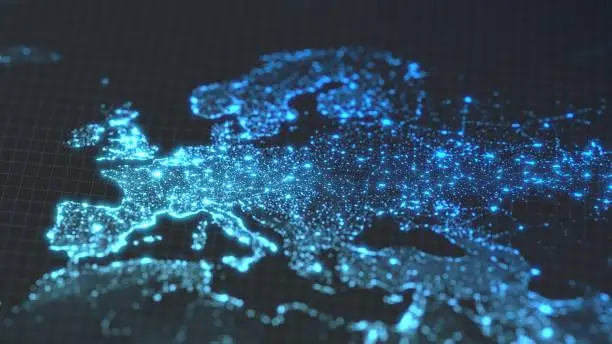
Some dream of it, but…
Is it possible?
Napoleon or Hitler went as far as Moscow, and it didn’t work out too well for them.
Charles de Gaulle spoke of a Europe from the Atlantic to the Urals, a natural border with Asia.
Alexander Dugin, whom we were talking about earlier, dreams of Eurasianism—a continental bloc centered on Moscow to counterbalance American influence.
On the European Union side, we don’t really believe in it, especially since there are already major challenges.
A possible membership of Ukraine to rebuild after the war.
An England that has left us.
A Switzerland that just doesn’t want to.
And the projects for the Balkans or Turkey that are in trouble.
Why?
Because these countries have their own dream borders.
Greater Serbia, for example, a state uniting all the Serbian peoples, including Bosnia-Herzegovina, Croatia, Montenegro, and Kosovo.
This project was Milošević’s, which caused the Yugoslav war in 1991.
In 1999, Europe and NATO intervened, bombed massively, causing thousands of deaths, many of them civilians.
A tragedy that still fuels resentment toward the West.
This is why Macron’s recent sale of Rafale to Serbia is an important step.
All these Balkan countries have applied to join Europe.
But the scar of this war is slowing down the process.
Theoretically, if all goes well, they will join us by 2030.
There is another country that was a candidate for Europe in 1999 and which we no longer hear about.
Turkey.
Why does the idea seem to have been abandoned?
First, there is the rejection of public opinion, with the rise of a radical right hostile to Islam throughout Europe.
But also, well, it makes the Turks dream less.
Erdogan has other projects.
Neo-Ottomanism.
The Ottoman Empire was gigantic.
For more than 600 years, the capital, Constantinople—today Istanbul—controlled a territory extending from Southeastern Europe to North Africa and the Middle East.
But after the First World War, the Empire collapsed.
That said, neo-Ottomanism does not necessarily seek to extend its borders, but rather its influence.
There is another reason for Turkey’s non-integration into Europe, which is that there are still conflicts between the two.
Do you know the Megali Idea?
This was the issue of the Greco-Turkish War in 1919.
The Greek desire to regain the borders of the Byzantine Empire by integrating part of Turkey, the Balkans, and, of course, Cyprus—still today divided between Turkey and Europe.
A sacred source of tension.
Especially since in these seas, we have found significant sources of underwater natural gas.
Which led to a confrontation with the French Navy.
Enough to ruin the dreams of a union for the Mediterranean, an extension desired by some of a Europe towards the South.
And precisely…
One of its members is much talked about.
Greater Israel

A small country, roughly the size of Brittany, Israel is often seen as a David among Goliaths. However, could this David someday become a Goliath itself? Recently, rumors emerged about a soldier allegedly wearing a patch depicting a massive Israel—one that spans from the Nile to the Euphrates, as described in Genesis and Deuteronomy. This vision encompasses Egypt, Lebanon, Jordan, Syria, parts of Saudi Arabia, and Iraq, placing Israel at the geographic and economic heart of the world.
While this idea resonates among some right-wing politicians and religious figures, it remains a fringe dream. Historically, Israel’s largest territory was during the reign of King David and King Solomon around 1000 BCE, encompassing parts of modern-day Jordan, southern Lebanon, and areas near Damascus. Even then, it didn’t reach the borders described in religious texts.
Israel has shown its territorial ambitions in modern history, such as conquering the Sinai Peninsula in 1967 and reaching Beirut in 1982, only to retreat each time. The only permanent annexation has been the Golan Heights, captured during the Six-Day War in 1967. Attempts to hold parts of southern Lebanon along the Litani River also ended under UN pressure.
Today, the focus lies not on ancient empires but on more immediate goals: Gaza, Judea, and Samaria (the West Bank). Prime Minister Benjamin Netanyahu has openly discussed incorporating parts of these territories, erasing them from some official maps. Settlers and developers are already preparing, with land negotiations and even plans for sea-view properties in Gaza.
The two-state solution proposed by the UN in 1947 seems increasingly unattainable. A U.S.-led peace plan in 2020 attempted to redefine Palestinian borders, but what remains of those lines is negligible.
By 2040, could a map of Israel look drastically different? Public opinion seems to suggest so. Polls indicate that 62% of Israelis support expansion. But what about the consequences of such ambitions?
Israel’s military might is formidable, with approximately 100 nuclear warheads, 601 fighter jets, $4 billion in annual U.S. military aid, one of the world’s most sophisticated intelligence agencies, and a highly trained, armed population. This strength makes direct challenges from neighboring Arab states or Iran highly unlikely, as evidenced by the constant U.S. naval presence in the region and vetoes at the UN shielding Israel from sanctions.
However, one major obstacle remains: the Palestinian population. Gaza’s 2.3 million residents, the West Bank’s 3.1 million, and the 6 million Palestinian refugees worldwide present a demographic and political challenge. Granting them citizenship would upend the Jewish state, as Arabs would outnumber Jews, even excluding refugees. Among Israeli citizens, 21% are already Arab, making this scenario a political impossibility for most Israelis—74% oppose such integration.
This raises the question: what happens to the Palestinians? Some suggest relocating them to neighboring countries like Jordan and Egypt or even farther afield, to Europe or the U.S. While leaders like Joe Biden and Spain have expressed willingness to take in refugees, Arab countries largely reject this notion, insisting on their right to return.
If Israel’s expansionist goals continue, the aftermath of war may leave Gaza devastated—its cities in ruins, its people struggling with poverty, disease, and displacement. Public opinion across the globe would be confronted with a stark humanitarian crisis, putting pressure on political leaders to accept refugees.
Could this lead to Gaza emptying out, its population seeking refuge elsewhere? That remains an open question, dependent on future conflicts, political decisions, and the will of the people involved. For now, the vision of a Greater Israel hovers as a contentious dream, with the path forward fraught with uncertainty.
Akan Barat, Unified India
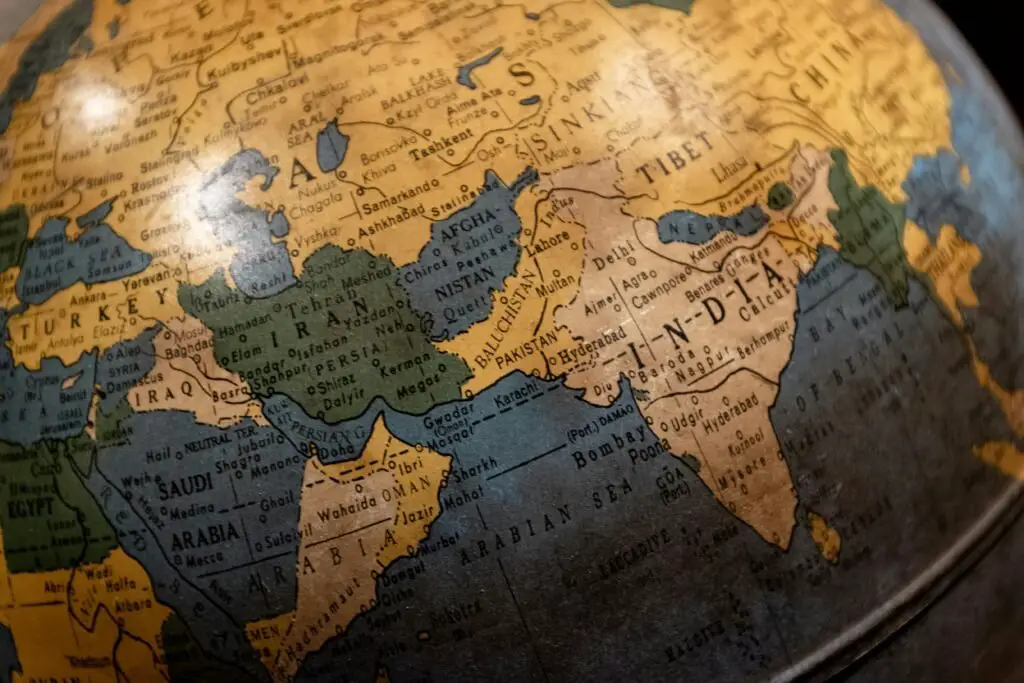
Do you know who is at the head of the largest companies in the world?
The CEOs of Google, Microsoft, IBM, Chanel, Starbucks, Mastercard, Nokia, Adobe, Twitter…
They are all Indian.
In the United Kingdom, it is even the ethnic group with the highest incomes.
It must be said that India is super powerful.
- 1.4 billion inhabitants.
- Very young, unlike China, growth at 7%.
- The fifth largest economy in the world, very technology-oriented.
- And also 160 nuclear warheads for diplomacy.
India is moving forward without making too many enemies, but… will it last?
Because India also dreams of expanding its borders.
Its territorial peak was under the reign of the Morias and Guptas.
This included Pakistan, Bangladesh, Sri Lanka, Nepal, Bhutan, Myanmar,
and even part of Afghanistan.
These natural borders being the Himalayas to the north,
the Persian mountains to the west, and the Ganges to the east,
with a mountain range separating them from Burma.
Everything was going well until the English colonization, or rather its end.
In 1947, the colonists withdrew, and one of the bloodiest wars in Indian history began:
- 2 million dead
- 14 million displaced
A religious divide between Hindus, Shiites, and Muslims that has never healed.
In such a context, is rebuilding the Indian Empire, the Khand Bharat, even possible?
This is what the Indian nationalists of the RSS (Rashtriya Swayamsevak Sangh), of which Narendra Modi, the current Prime Minister, is a part, are toying with.
According to him, reconquering Pakistan would be as legitimate as the return of the Jews to Israel.
But there’s little chance of that happening.
Pakistan also has 160 nuclear warheads, and while its army is globally half as powerful, it would still do a lot of damage.
Not to mention that in the northeast, there is China, which would like to recover Lunan Char Pradesh, considering it Tibetan.
There have even been fights between the two superpowers recently.
Well, with sticks, but still.
China, precisely, which also has its expansion plans in Asia.
At its peak, under the Qing empire, it possessed Mongolia, Tibet, Qingjiang Uyghur, and Taiwan.
Later, it will get its hands on Hong Kong and Macau, which will always remain very reluctant to join Greater China.
Regions under tension, not totally Chinese, that Beijing dreams of fully integrating.
It goes further into the South China Sea with the 9-dash line.
Lots of small islands near Vietnam, the Philippines, or Malaysia.
Well, China has already started building military bases there,
artificial islands to extend its territorial waters.
They have a huge fleet of civilian ships that have only one goal: to block the ships of other countries, to harass them.
The Big Question: Taiwan
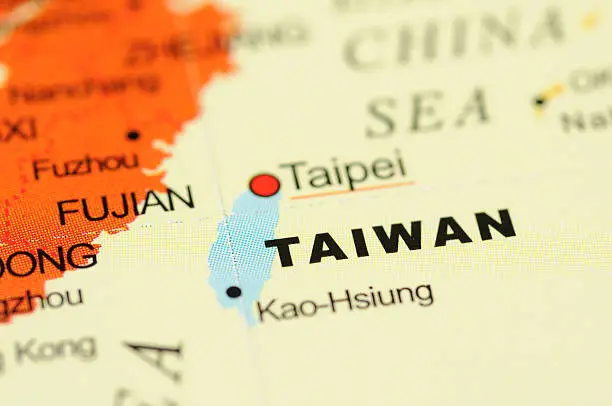
The big question is of course Taiwan.
Can China even invade the island?
It’s going to be complicated. This sea is very rough.
Dangerous, advancing ships there under enemy fire will not be without losses.
The capital is protected by mountains, enough to give the United States time to intervene, or at least to heavily arm the locals.
So yes, a massive bombing would solve the problem,
but that would mean risking killing 23 million people that China wants to integrate,
to make them Chinese, with engineers and semiconductor factories that make up all the wealth of the island.
This is exactly what China wants to take control of.
If there is a conflict, it will be more of an embargo.
Limit the island’s imports and exports under false pretenses of security.
And this, until it cracks, forcing them to make concessions.
There have already been military maneuvers made in this direction.
This is probably where we are heading.
It would be a catastrophe for the West, very dependent on Taiwan for its electronics.
Sure, it will let this happen without intervening.
And you know the consequences.
Greater Morocco
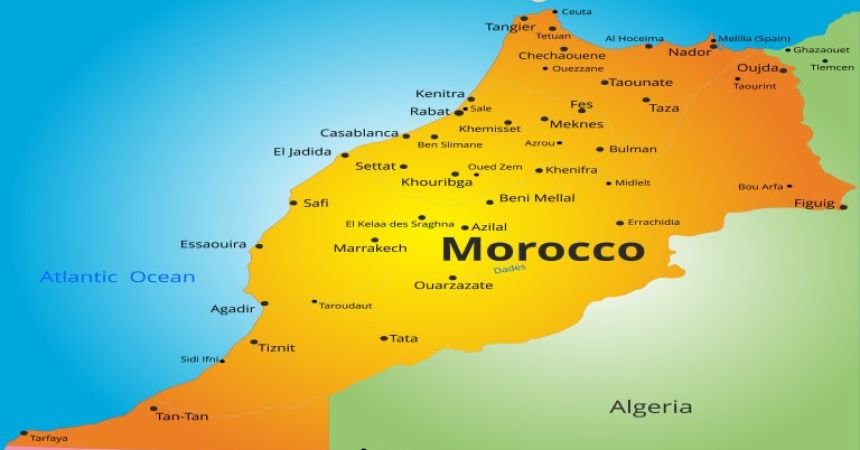
A country larger than France, but three times smaller than its Algerian rival.
That wasn’t always the case.
At its peak in the 12th century, under the Almohads,
Morocco extended as far as southern Spain and Libya.
For centuries, it also extended as far as Timbuktu.
Then came colonization. Morocco was split between France and Spain,
and as you can see, it was a mess.
The country would remain a protectorate, much more independent than Algeria, which was considered fully French.
So we can imagine that the division favored the latter.
At the time, France was more sure of itself, which explains why it is such a huge country today.
The Concept of Western Sahara
That’s where the concept of Western Sahara was born,
a large part of which was owned by Spain.
We hear a lot about it at the moment:
- The naked shawl with Algeria
- Fights during an African summit
- Diplomatic crisis with France
But why is that?
Today, Western Sahara is a region claimed by Morocco,
but also by the separatists of the Polisario Front,
who are supported and financed by Algeria.
The problem goes back to 1975, at the time of Spain’s very late departure.
There were not many people in this Western Sahara, around 74,000 people.
So Morocco and Mauritania claimed control of it.
Between the two, a population not very consenting,
and Algeria, with its history of resistance and independence,
naturally went to help. Brothers in the struggle.
Geopolitical Interests
Well, after that, no one is fooled—it is in their interest to make them allies:
- Access to natural resources
- Maritime transport from the Atlantic coast
- And all this while weakening a neighbor.
Awkward. Embarrassing because with decolonization, it was time to rewrite the maps.
Then the idea of Greater Morocco was born.
Reestablish what was the pre-colonial zone of influence,
including Mauritania, part of Mali, and Algeria.
It was in this context that the Sand War broke out in 1963.
A war with the two North African powers that would lead…
more or less to the current borders.
A conflict that would continue indirectly on the Sahrawi question,
through the support of the independence activists.
Morocco’s Response
Morocco’s response?
Demography.
People were encouraged to settle there.
In 1975, the Green March was organized, where 350,000 Moroccans crossed the border to assert their sovereignty.
Algeria, for its part, welcomed the Sahrawi refugees in huge camps, now numbering more than 100,000 people.
Because yes, 50 years later, there have been a lot of births.
Well, we looked for demographic data; it’s not very clear,
but between 500,000 and 700,000 inhabitants,
more than half of whom are Moroccan.
The Problem of Voting
If a democratic election were held, Morocco would win.
But since Algeria considers them as settlers, should they be allowed to vote?
This is exactly the problem the UN had in 1991 to organize a referendum that never took place.
Possible Future
Afterwards, the most likely scenario according to experts,
barring military intervention by Algeria or destabilization of the Moroccan regime,
is that this region will evolve towards Moroccan integration,
with international recognition,
and perhaps concessions to the Polisario Front.
The very idea of a Greater Morocco is no longer relevant.
To tell you, even Spain has pieces of the country.
The tip of Ciota near Gibraltar, Mélina, or the Canary Islands.
But there, strangely, there is less territorial ambition.
Greater Mexico
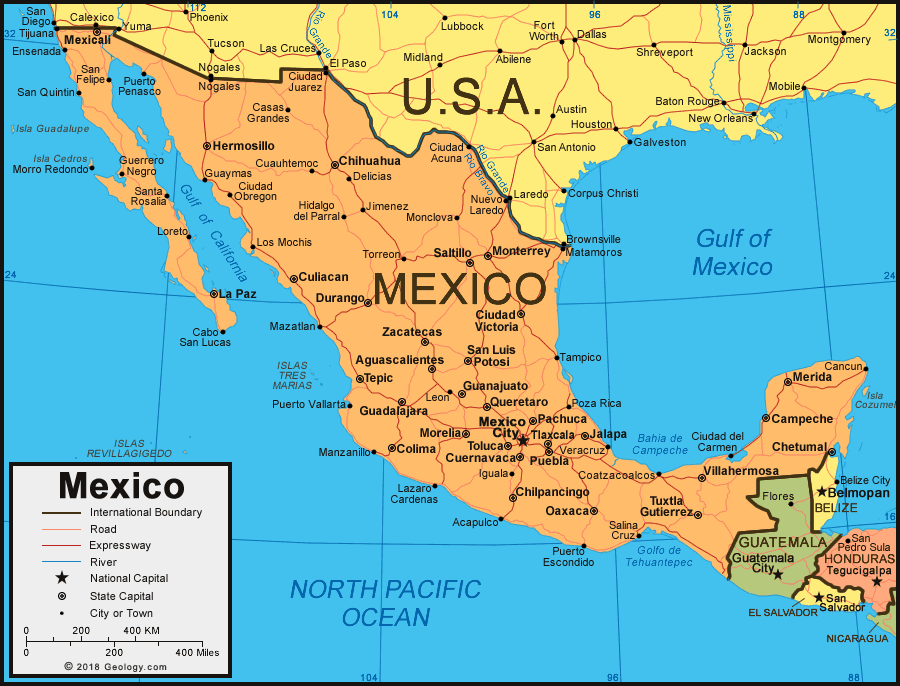
North America almost turned out very differently.
What could have been New France and New Spain
extended far beyond British territories.
Without military defeats and the sale by Napoleon,
the continent would have been a mosaic of languages and cultures.
But what prevented the union of all of North America
into a gigantic United States?
There were several attempts:
- Manifest Destiny
- The Golden Circle
- The 51st state
The War of 1812 and 1846
In 1812, what would become Canada was attacked.
But it ended in a defeat.
In 1846, it was Mexico’s turn.
And it was a victory.
A large part, in gray on the map, was annexed.
Yes, California and Silicon Valley could have been Mexican.
And that, many are nostalgic for.
The Idea of Reconquista
The idea of Reconquista—
It’s not totally illegitimate.
When we look at the demographics of these states,
we notice that Hispanics are sometimes in the majority.
In California and Texas, almost 20% of the population
is considered to have a Limited English Proficiency.
Basically, they speak English as well as François Hollande.
Do what we want to do.
Mythologically, these territories would have belonged to Aztlán,
which became a symbol for Chicano culture.
That’s how in 1915, we discovered the existence of the San Diego plan,
a revolutionary project of reconquest.
In 2015, the Chechen parliament even threatened to help Mexico militarily in the reconquest,
believing that this…
a bit like their crime is theirs.
And right-wing American politicians no longer hesitate to compare immigration
to a plot led by enemy states to steal their territories.
Nevertheless, it remains a fantasy.
The current borders are likely to last a long time.
The United States’ Territory Expansion
The United States itself is making efforts.
Until 1999, its territory technically extended to the Panama Canal,
which belonged to it. But it was returned to the Panamanian government barely 20 years ago.
The extension of its territory that would have been the most sustainable is Puerto Rico.
Several referendums have already taken place and it was very close.
But there you go, it is clearly no longer on the agenda.
Irredentism and Its Impact
What country will make the big conflicts of tomorrow?
This desire to acquire new territories, which we consider legitimately ours,
has a name: Irredentism.
It is not… colonialism in the sense that it is not a territory or populations considered foreign.
No, you are one of us, come with us, by force if necessary, but you will love us.
And I can tell you that it caused quite a few wars.
France, from the Revolution to Napoleon,
considered its natural borders up to the Rhine,
including part of Germany and the Netherlands.
Faced with this, there were other more unusual projects,
like the Great Ancient Belgium which would have eaten part of France.
Except that this same Belgium is the Netherlands,
which could take part of it by integrating Dutch-speaking Flanders.
And France, why wouldn’t it integrate French-speaking Wallonia?
It’s not current, of course, but some people still think about it.
The Role of Borders in Conflict
This is where we see how much the borders of countries are only constructions—
stories we tell ourselves.
However, the First World War,
Lorraine-Lorraine, the millions of deaths,
it’s partly because of irredentism.
Hitler’s German living space,
which would include part of Poland and the Sudetenland,
was the same.
And the choices of the people to dispose of themselves in all that.
What would happen if we let each city decide
which country it wanted to be part of?
Even if it meant founding its own like Luxembourg.
Perhaps in the long run, France would become
what it was in the Middle Ages under the Capetians.
That certainly has its advantages, but it is very difficult to lead ambitious policies
when each small territory wants to negotiate its share of the pie.
That is the strength of the United States.
But we must be careful not to become too big.
The Mongol Empire ruled Europe as far as northern India,
the largest empire in history,
and it did not last more than 100 years.
Because the most important thing is to make people believe that by submitting to your capital,
they will be part of a whole that makes them proud.
That sacrifices are made in the name of a whole that surpasses us,
against others, outsiders, different people.
That’s still stories we tell ourselves.
War as a Means of Unification
War here serves to eliminate or drive away those who refuse it.
And that’s not about to stop.
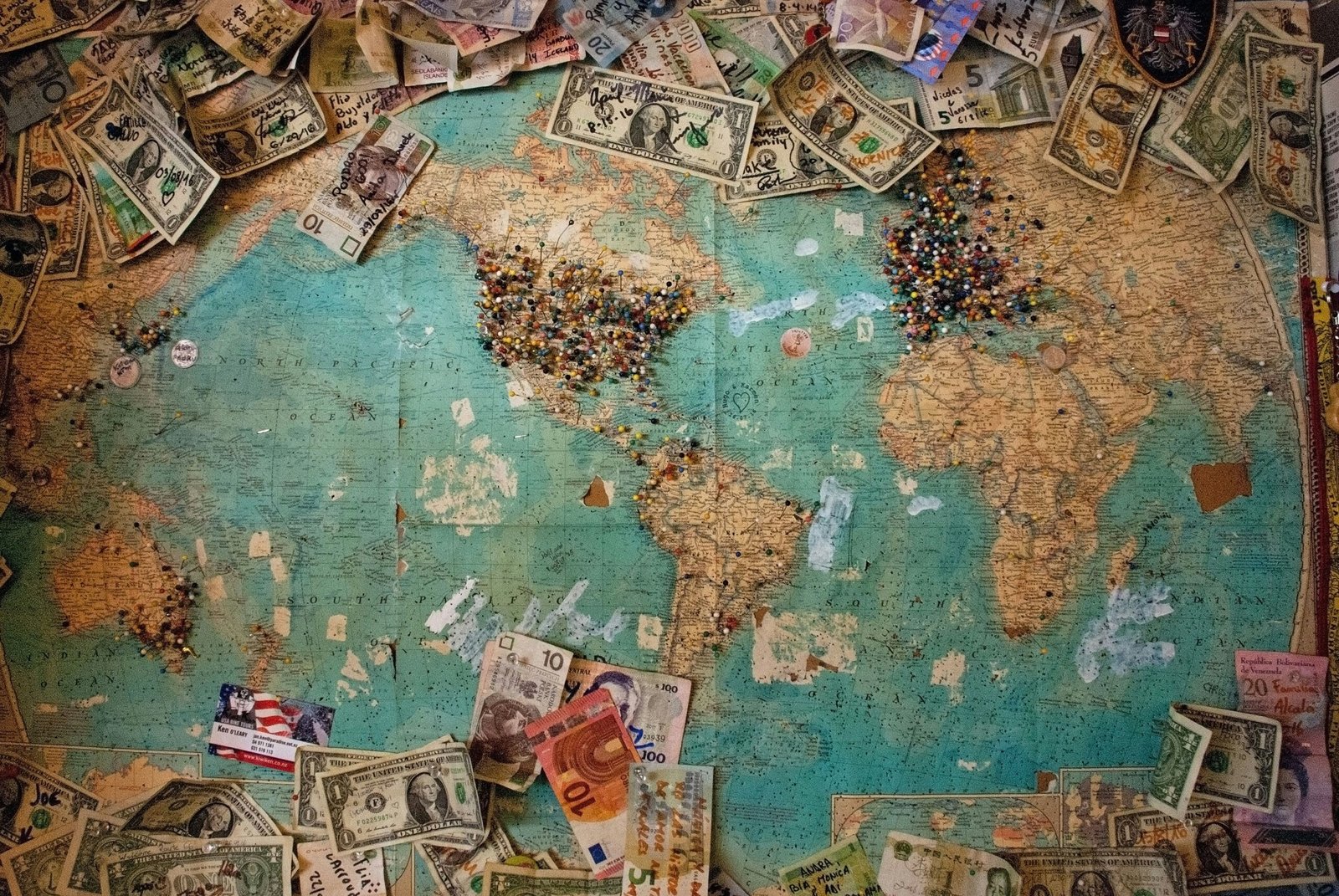
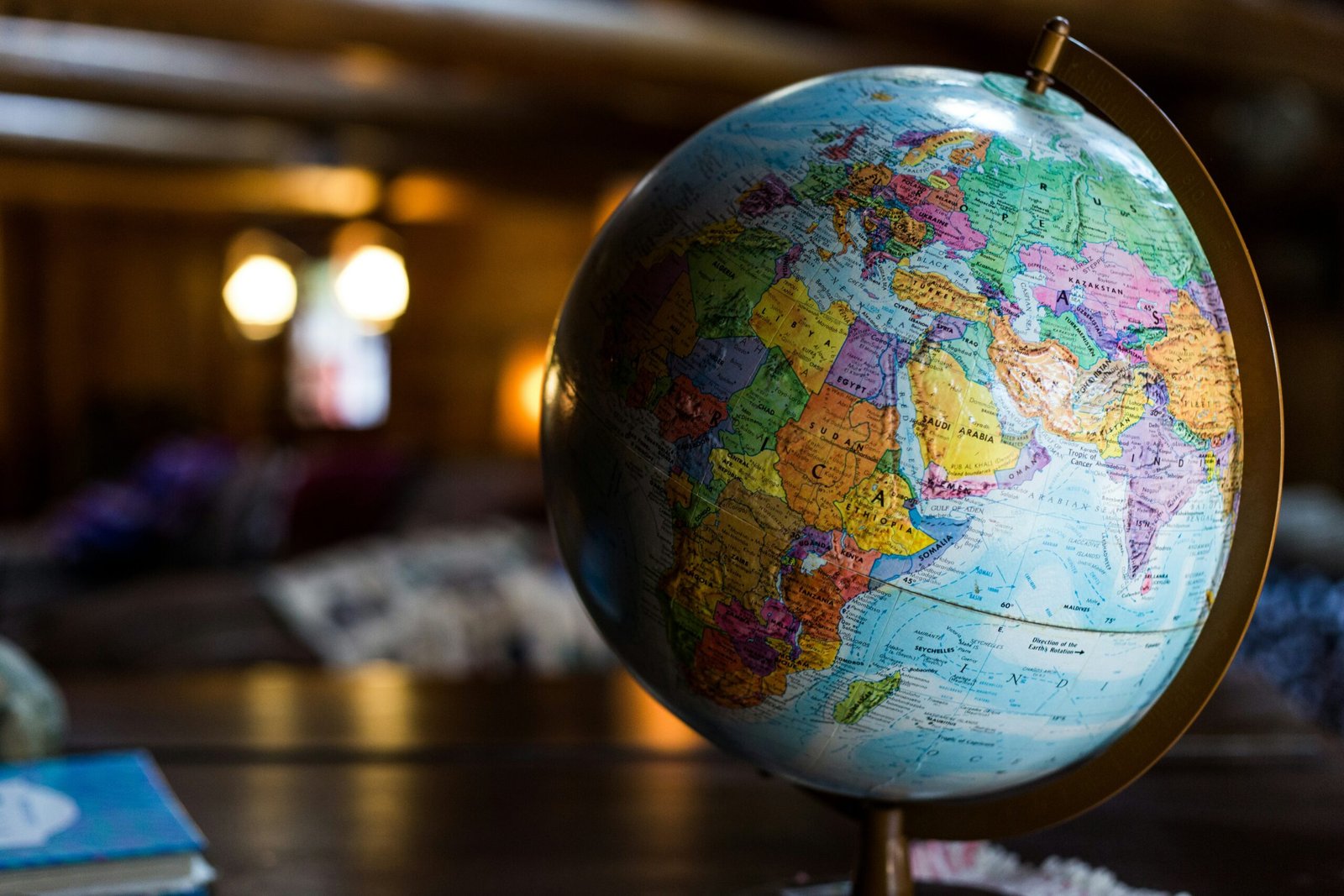
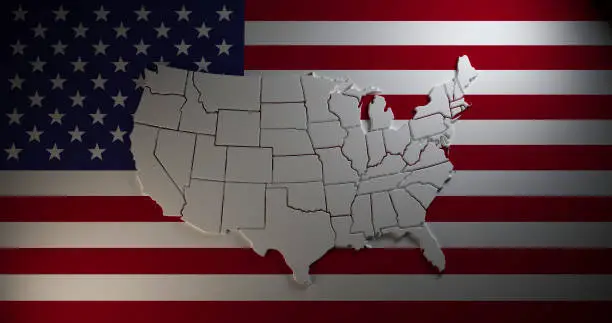
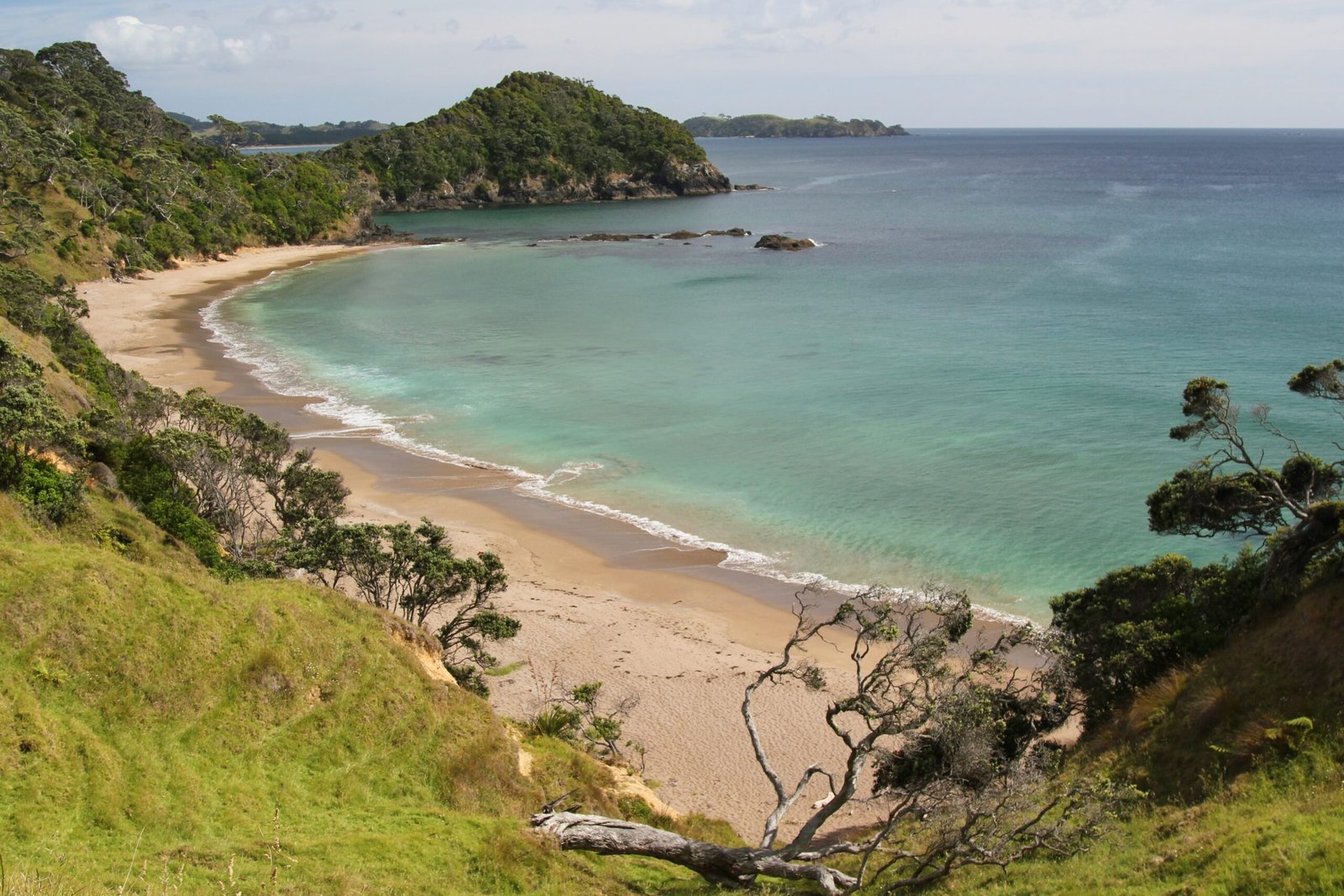

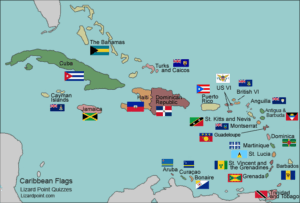
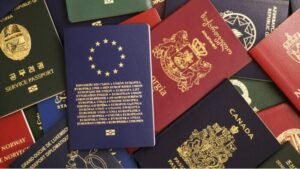







Post Comment